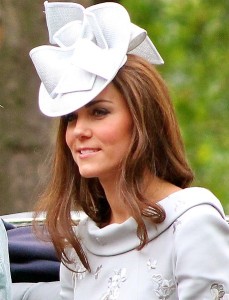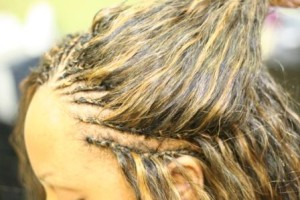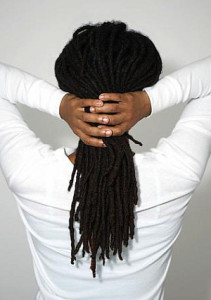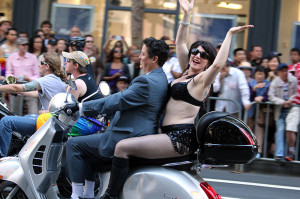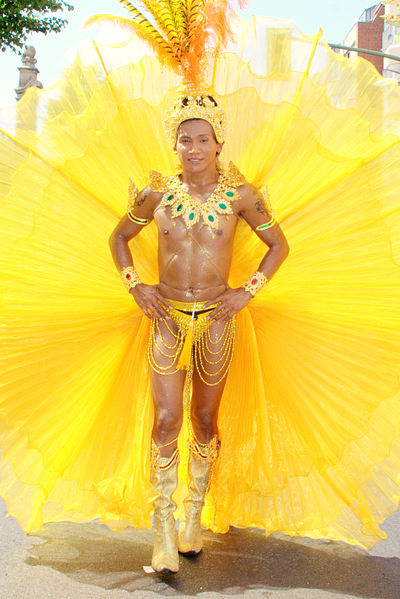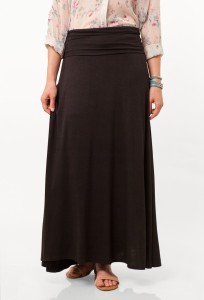In a complaint filed in state court earlier this month, Krigsman v. City of New York, Jessica Krigsman seeks money damages for her unconstitutional arrest for not wearing a shirt in a public park in Brooklyn. The complaint alleges that when the police officers approached Ms. Krigsman on the park bench and told her to put on a shirt, she
“politely told the police officers that in 1992, in People v. Santorelli, 80 N.Y. 2d 875 (1992), the New York Court of Appeals held that it is legal for a woman to be topless in any public place in New York State where it is legal for a man to be topless.”
Apparently, the police officers did not credit Ms. Krigsman’s legal expertise, because they arrested her and took her to the precinct where she was held for approximately five hours and issued a summons for “Obstruction of a Sitting Area,” a charge that was dismissed when she appeared in court in October.
Certainly, Ms. Krigman’s lawsuit clears one of the hurdles that can make an award of damages for a constitutional violation difficult: the requirement that the law at the time of the incident be clearly settled.
As discussed in chapter 2 of Dressing Constitutionally, Santorelli involved activist Nikki Craft and other feminists, who had staged an action protesting topless laws as applied to women in a Rochester park; they were arrested for public nudity based upon exposure of their breasts. A trial judge rejected their equal protection challenge, while dismissing the charges against them based upon a First Amendment analysis of their publicized protest in the park, but an appellate court reversed. When the case reached New York’s highest court, the court’s succinct memorandum opinion neatly held that the statute was not intended to apply to the type of situation before it, but only “topless waitresses.”
It was concurring Judge Vito Titone who wrote the opinion that is best remembered. He essentially accused his colleagues of historical inaccuracy, arguing that the “topless waitress” statute was a precursor statute and that the new provision under which Craft and others were convicted “was aimed at filling a gap” to clearly proscribe “nude sunbathing by ordinary citizens” and “either men or women appearing bottomless in public places” Joined by one other judge, Titone’s opinion argued that the court should have taken the equal protection issue more seriously and suggested that any recognition of a governmental interest of protecting public sensibilities that are based on a gendered distinction is itself a constitutional problem. For Titone, the “underlying legislative assumption that the sight of a female’s uncovered breast in a public place is offensive to the average person in a way that the sight of a male’s uncovered breast is not” is an assumption that replicated gender bias rather than confronting and eradicating sex inequality. Titone’s concurring opinion stands as one of the most supportive judicial statements of the unconstitutionality of legally imposed gender differentials in required clothing.
[image via]


